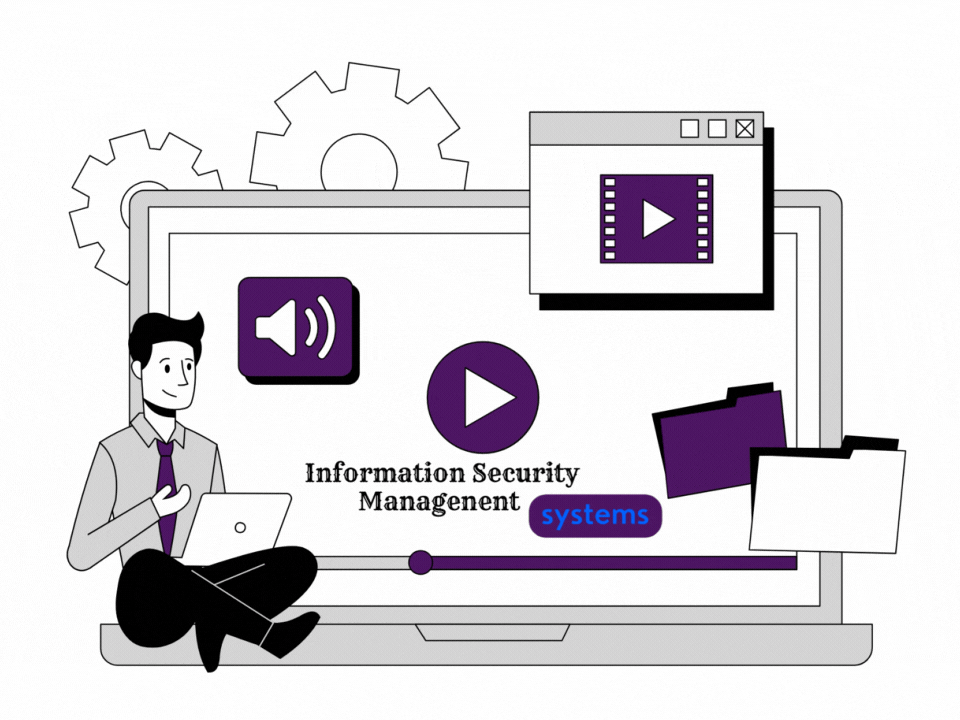
ISO27001 vs SOC II Type II
What standard do I go for?
ISO 27001 and SOC 2 Type II are two widely recognized frameworks that organizations can adopt to enhance their information security and demonstrate their commitment to protecting sensitive data. Here's a breakdown of the key differences between ISO 27001 and SOC 2 Type I
Scope:
ISO 27001: This standard focuses on establishing and maintaining an Information Security Management System (ISMS) within an organization. It provides a comprehensive framework for managing risks to the confidentiality, integrity, and availability of information assets.
SOC 2 Type II: SOC 2 (Service Organization Control 2) is an auditing standard that focuses on the security, availability, processing integrity, confidentiality, and privacy of data within service organizations. It assesses the controls and processes implemented by the organization to ensure the security and privacy of customer data.
Applicability:
ISO 27001: This standard is applicable to any organization, regardless of size, industry, or sector. It is widely recognized globally and can be adopted by organizations of all types.
SOC 2 Type II: SOC 2 is primarily relevant to service organizations that handle customer data, such as cloud service providers, data centers, software-as-a-service (SaaS) providers, and other organizations that provide services involving the storage, processing, or transmission of customer data.




Information Security Management Systems, what are they?
The primary goal of an ISMS is to establish a set of policies, procedures, and controls that effectively manage information security risks. It helps organizations identify potential threats, assess vulnerabilities, and implement appropriate safeguards to mitigate risks and protect sensitive information. Key components of an ISMS typically include:
Policies and Procedures
Risk Assessment and Management
Controls Implementation
Incident Response and Management
Continuous Monitoring and Improvement
Employee Awareness and Training.
An Information Security Management System (ISMS) is a systematic approach to managing an organization's information security processes, controls, and risks. An ISMS is usually based on a framework that provides a structured and comprehensive approach to protect the confidentiality, integrity, and availability of an organization's information assets.
ISO27001 vs SOC II Type II
Focus:
ISO 27001: The primary focus of ISO 27001 is on establishing a robust information security management system, including risk assessment and treatment, security controls implementation, monitoring, and continuous improvement.
SOC 2 Type II: SOC 2 Type II focuses on evaluating the effectiveness of an organization's controls related to security, availability, processing integrity, confidentiality, and privacy. It assesses the organization's ability to protect customer data and maintain the necessary operational controls.
Certification vs. Attestation:
ISO 27001: Organizations can seek ISO 27001 certification by undergoing an external audit conducted by a certification body. The certification demonstrates that the organization has implemented the necessary controls and processes outlined in the standard.
SOC 2 Type II: SOC 2 Type II is not a certification but an attestation. It involves an independent audit performed by a third-party auditor to assess the organization's controls and provide a report on the effectiveness of those controls.
Timeframe:
ISO 27001: The certification process for ISO 27001 can take several months to complete, as it involves the implementation of an ISMS and the demonstration of its effectiveness through an external audit.
SOC 2 Type II: SOC 2 Type II assessments typically cover a period of at least six months, during which the auditor evaluates the effectiveness of controls over an extended period.
Both ISO 27001 and SOC 2 Type II are valuable frameworks for organizations looking to enhance their information security practices. The choice between the two depends on the organization's specific needs, industry requirements, and the desired focus of the assessment or certification.
To note, security is not a one size fits all. It is important for organizations to align their ISMS with their specific needs, risks, and objectives. This may involve tailoring the implementation, controls, and processes to adequately address the organization's unique circumstances.
Some organizations may choose to pursue both frameworks to demonstrate a comprehensive approach to information security and data protection.






Why choose just one?


Both add Value
ISMS?
Good cybersecurity governance makes good business sense. You'll enhance your business's reputation, increase customer and employee confidence, and by making sure your data assets including personal information is accurate, relevant and safe, saving the organization both time and money. At Risk Response Africa, we offer insights into information security governance best practices and provide end to end advisory services for organizations navigating information security management.



